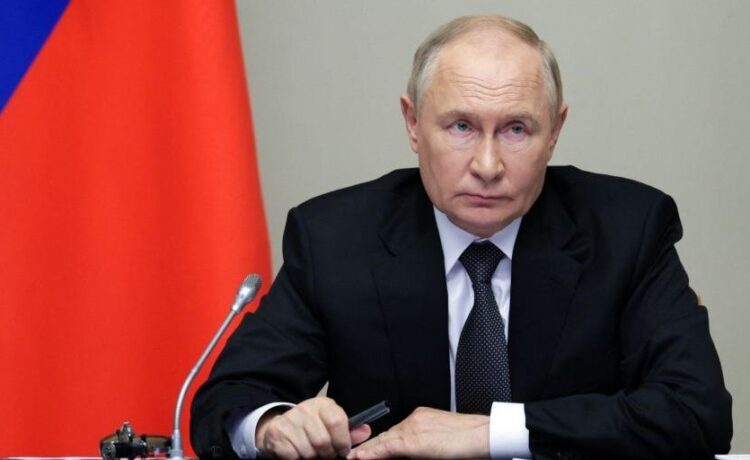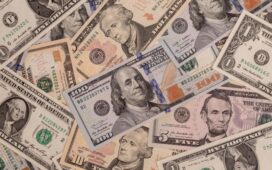- Russia’s ruble is the top-performing currency of 2025 relative to the US dollar.
- Greenback weakness and Russian interest rates have strengthened the ruble.
- But a stronger currency could weigh on Russia’s export revenue.
The Russian ruble is dominating currency markets, bolstered by wartime monetary policy and a sliding US dollar.
So far this year, the tender is up 38% against the greenback in over-the-counter trading, making it 2025’s top performer, according to data compiled by Bloomberg. Ruble gains even exceed those of gold, which has hit record highs this month amid geopolitical turmoil.
On the one hand, a dollar slump is amplifying ruble strength. The US Dollar Index has reached multi-year lows, a surprising side-effect of Washington’s trade war on the world. The sharp plunge suggests that rising US tariffs are undoing the currency’s safe-haven appeal, and analysts have gone as far as to warn of a dollar “confidence crisis.”
But domestic factors are at play for the ruble, too.
In the past months, the Kremlin’s military spending spree has kicked up inflation, prompting Russia’s central bank to boost interest rates to 21%. Hawkish monetary policy is almost always a boon for currency strength and could remain a long-standing tailwind for the ruble.
Capital Economics suspects that rates will have to stay elevated until at least the second half of the year. Russian inflation is holding above 10%, Tuesday data shows.
Bloomberg adds that high-yielding ruble assets are accelerating demand, prompting foreign investors to seek out access to the currency. The emerging carry trade — where investors borrow in cheaper tender to finance lucrative ruble investments — is thanks to the country’s shifting geopolitical situation, with investors encouraged by a potential ceasefire in Ukraine.
But while ruble strength might cheer traders, the Russian government likely prefers the opposite. Appreciating currencies tend to diminish export revenue, threatening to weigh on the nation’s budget. Consider also that oil prices are plunging, dimming outlooks for the oil-exporting country.




